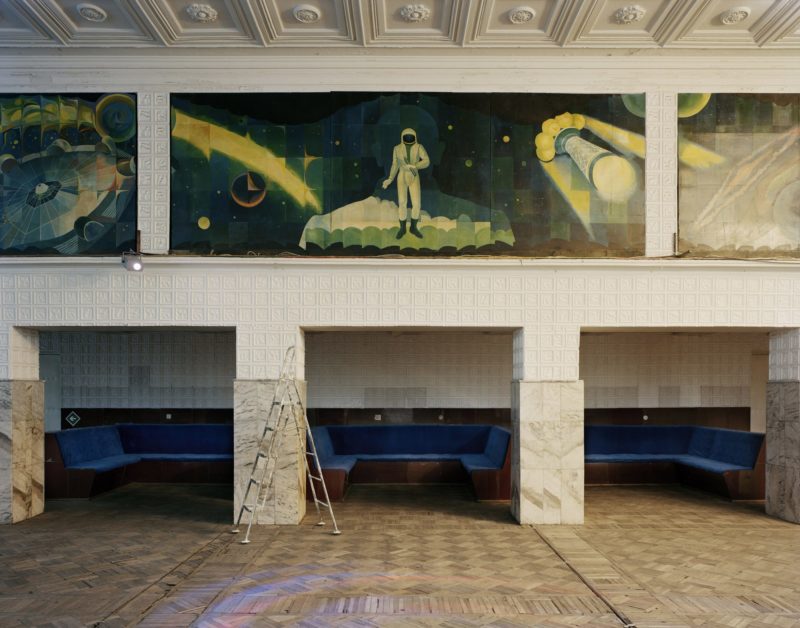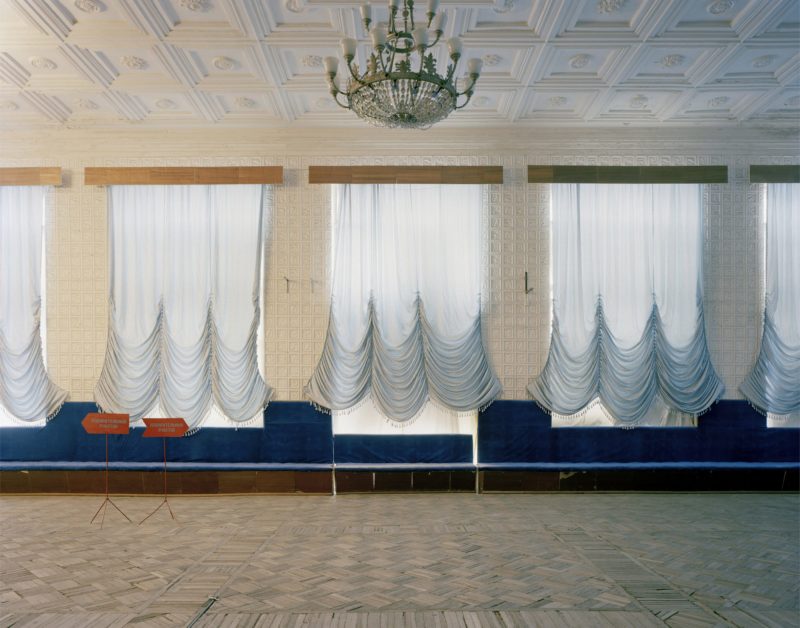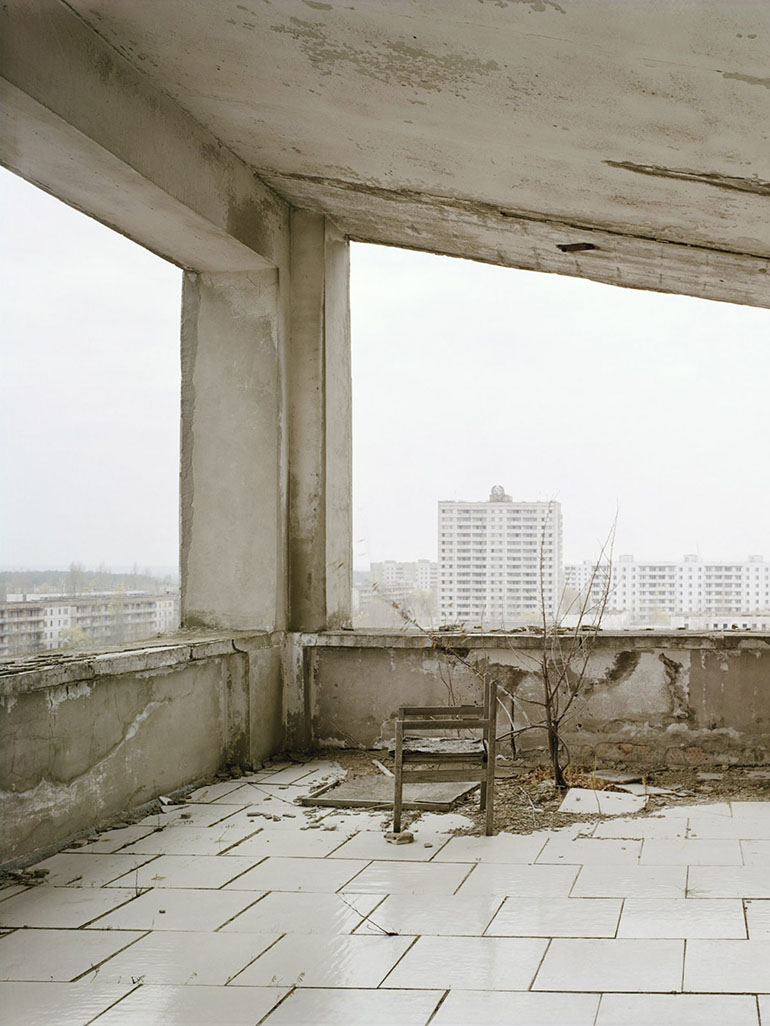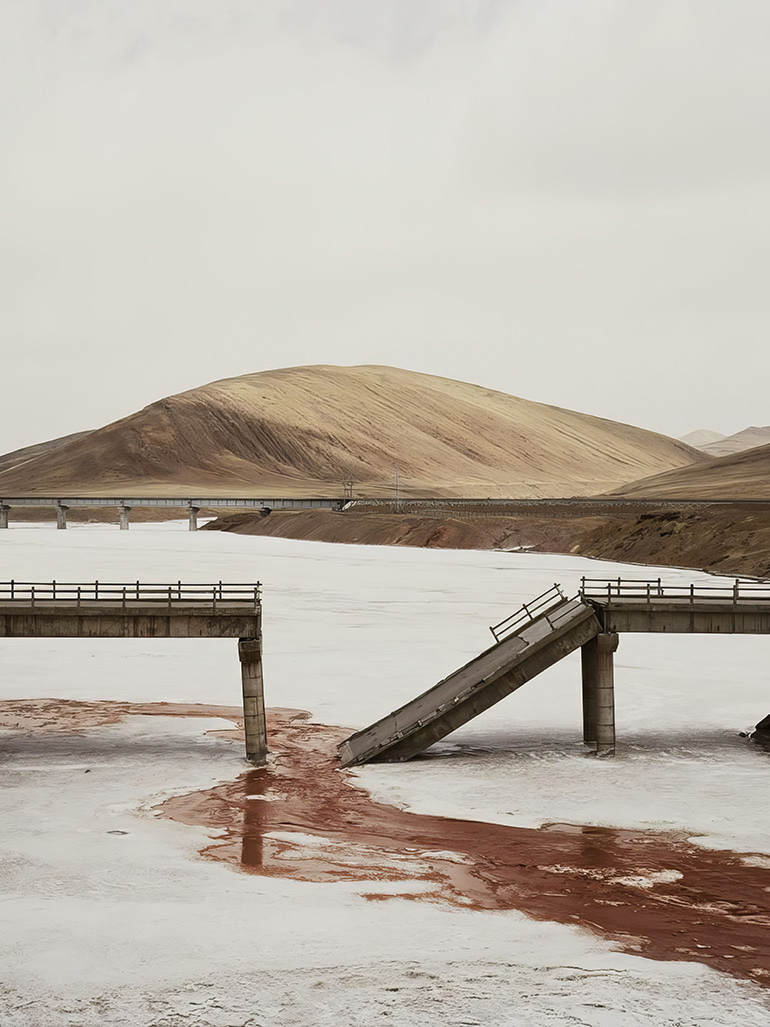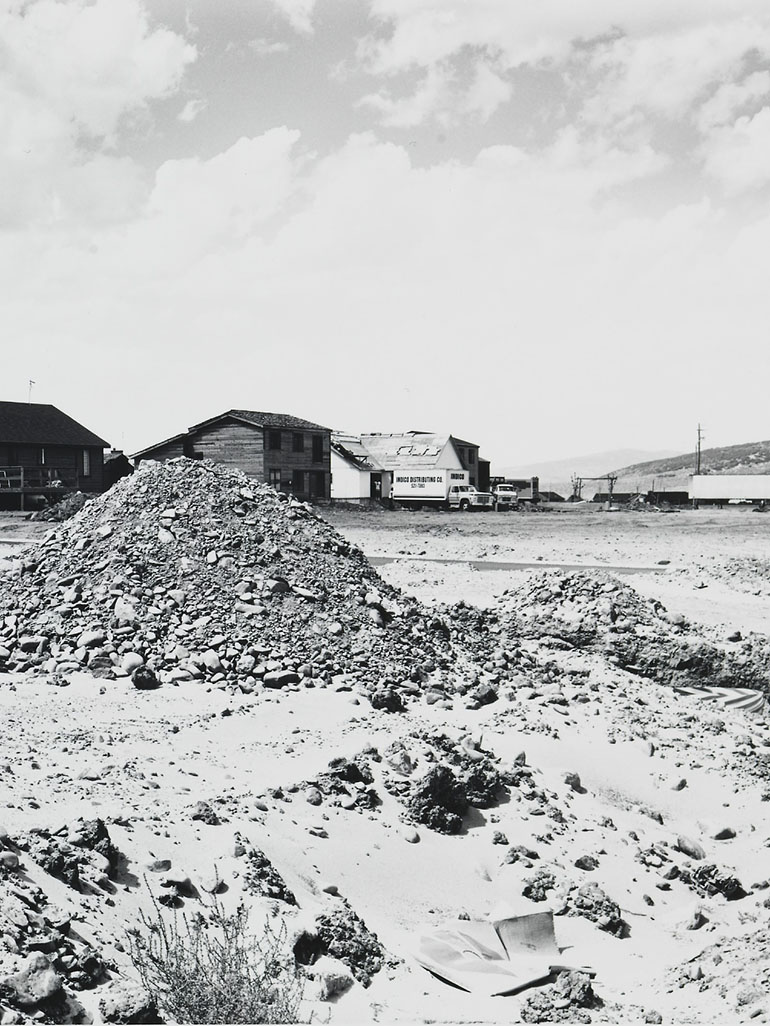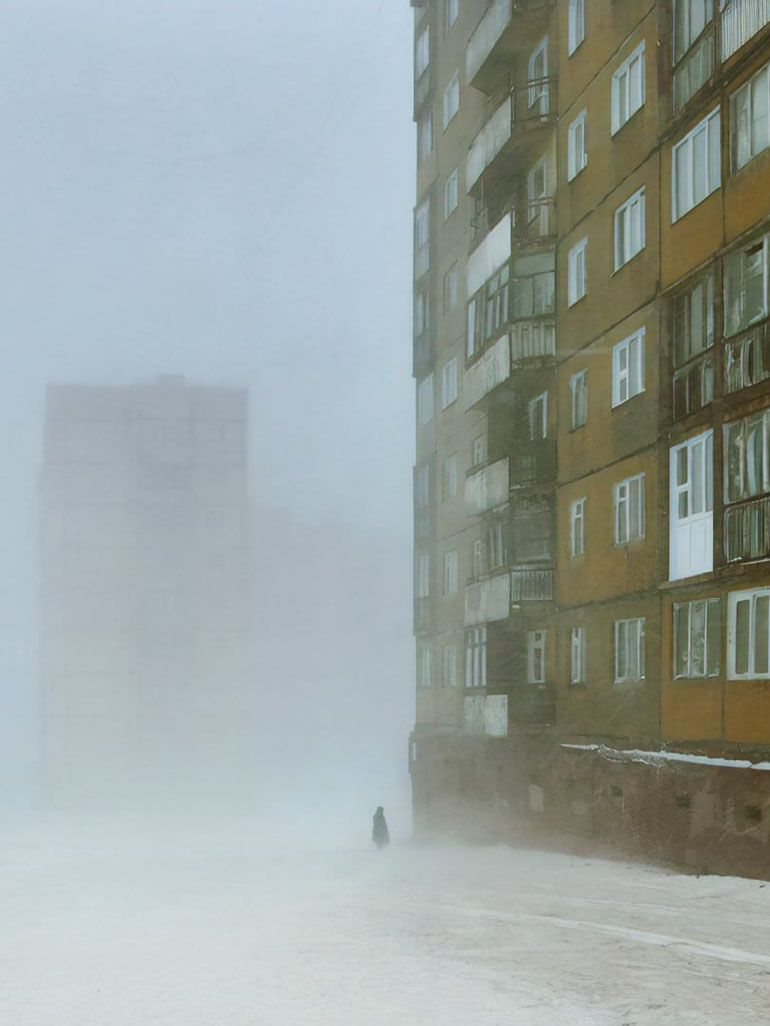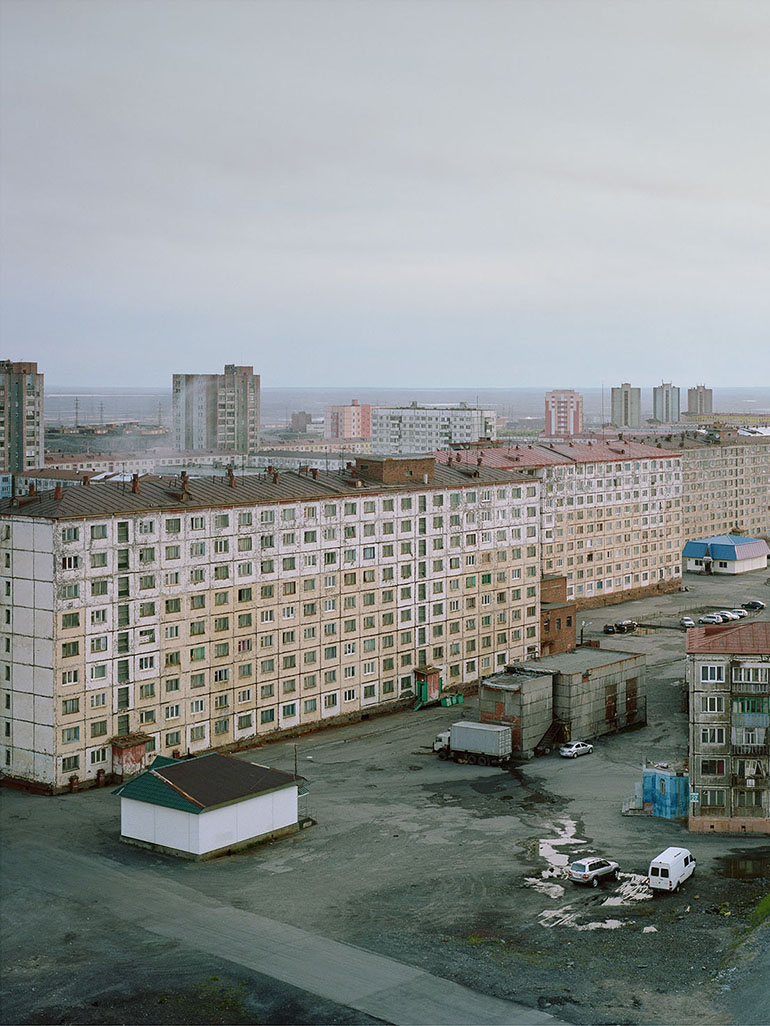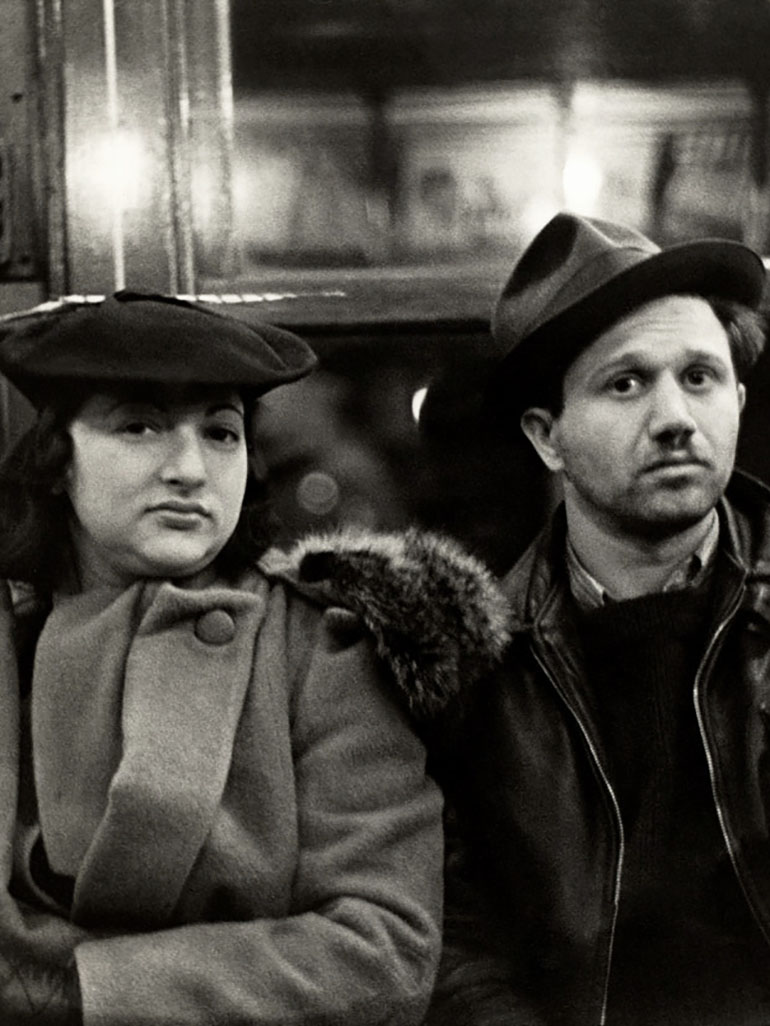
Introduction
If it were possible to take a picture of the entire earth’s surface, the mosaic of human co-existence would be a sight to behold. Some areas are military 1 grounds, mining cities or tourist destinations, while others are education hubs, just to mention a few. It is hard to appreciate that in the midst of all that are secrets as deep as the mystery of death.
In the Dust series, as created by Nadav Kander’s 2, images of crows illuminated against the light of the moon in the darkness symbolizes how difficult it is to hide the truth. These images appear in the first three spreads, perhaps to prepare one’s mind for the secrets about to be uncovered.
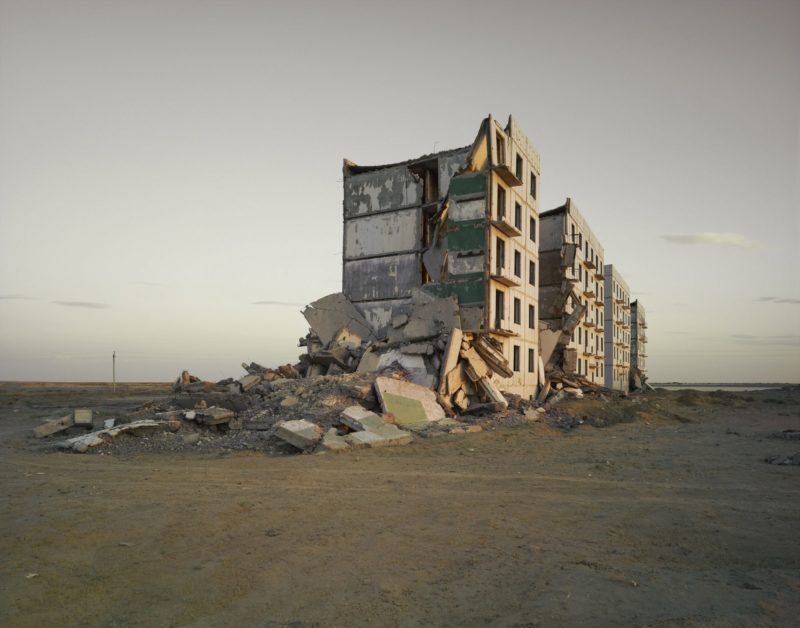
Kander’s realization
When Kander traveled to the area that borders 3 Russia 4 and Kazakhstan 5, his intention had been to take pictures that would artistically portray destruction in the ruins. While there, he realized that besides the totality of destruction, there lie elements of darkness in the human soul. The ruins are but a tool to illustrate the secrets of humanity that leave so many questions unanswered.
Where is Kurchatov (Курчатов)?
Located in Kazakhstan’s northeastern parts, Kurchatov played an essential role in the Soviet Union’s hope of becoming a nuclear weapon superpower. Once closed off to the public, the city can now be visited after a special arrangement.
The meaning of the photos
Through his photos, Kander does not mean to find words to tell the story of what the picture captures, neither does he desire to create a documentary of how the ruins came to be; he opens up the human soul for all to see. Many people might not be aware of the existence of secret Soviet towns, once used to test nuclear missiles.
All that remains now is a massive deserted landscape of radioactivity. Kurchatov is such a city that, although closed up until recently, has never appeared on any official maps; until Google Earth jumped into action.
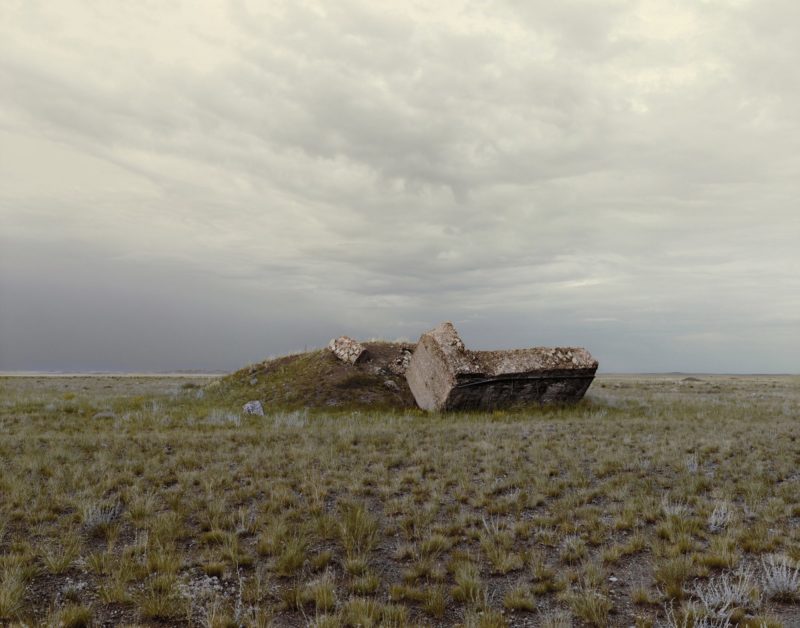
Video: Nadav Kander about Dust
11 min 12 sec
Analysis
Analysis
Surprisingly, Kander takes hauntingly beautiful pictures of the aftermath of the Cold War 6 which are a result of the relentless effort to develop nuclear armaments. The artist is particular in that his pictures bear subjects that cause people to think about the tensions of everyday life. They are, in a way, a mirror that reflects death upon life and imperfection upon beauty.
Conclusion
Unlike other artworks that speak in form of words, Kander’s photographs depict nothing intellectualizing. While it is true that pictures move us when they have a story to tell, it is equally true that the weight, feeling, and composition of a setup can stir up certain emotions. What happens to a secret with time? They wilt and wither, and this is the same thing we expect of these pictures 1,000 years from now; Dust!

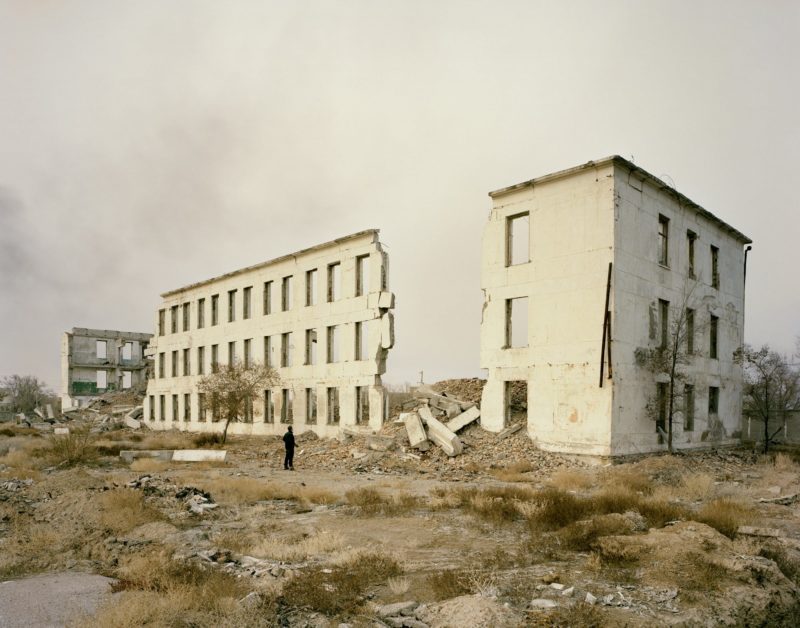
About Kurchatov
The Kurchatov Institute of Atomic Energy
The Kurchatov Institute of Atomic Energy was the birthplace of numerous Russian innovations, including its internet and the Soviet’s first nuclear bomb.
Speaking during its 75th anniversary in 2018, Russian President Vladimir Putin said this about the institute’s importance to his county’s history:
The nuclear reactors designed within the walls of the institute and used in our industry, shipbuilding, medicine, space, and defense sectors, have become the symbols of our state’s power.
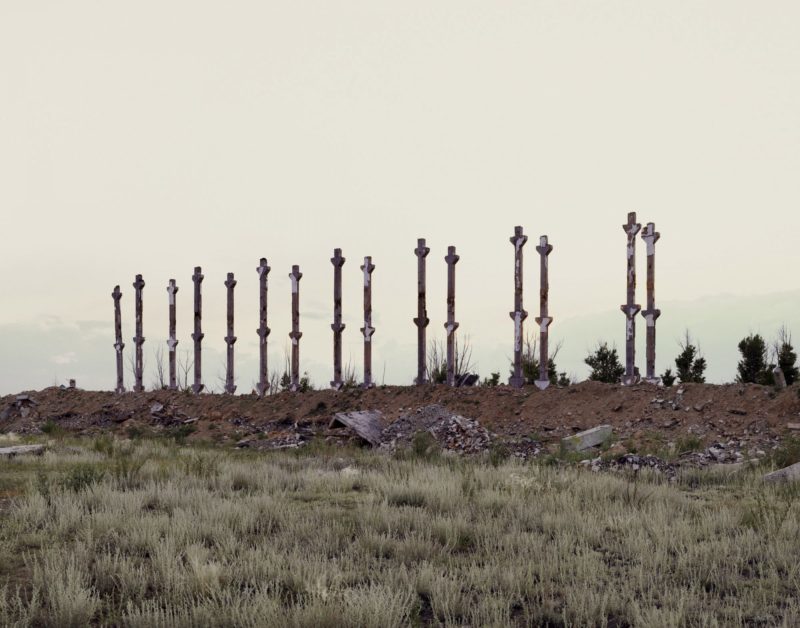
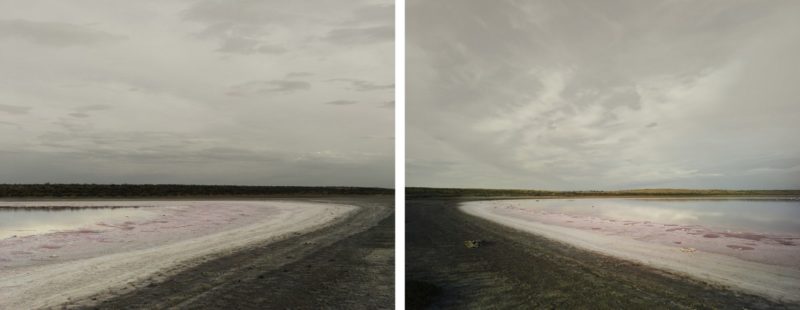
Why was access to Kurchatov restricted?
The town, named after Igor Kurchatov – a Soviet nuclear physicist, is known for being a former base for the neighboring Semipalatinsk Test Site (STS). The town was once booming, but following the termination of nuclear testing, which ultimately led to the STS’s decommissioning, its population has starkly reduced.
For many years while nuclear testing was still being undertaken, Kurchatov was closed to the public and was one of the most restricted regions not only in the Soviet Union but the entire world.
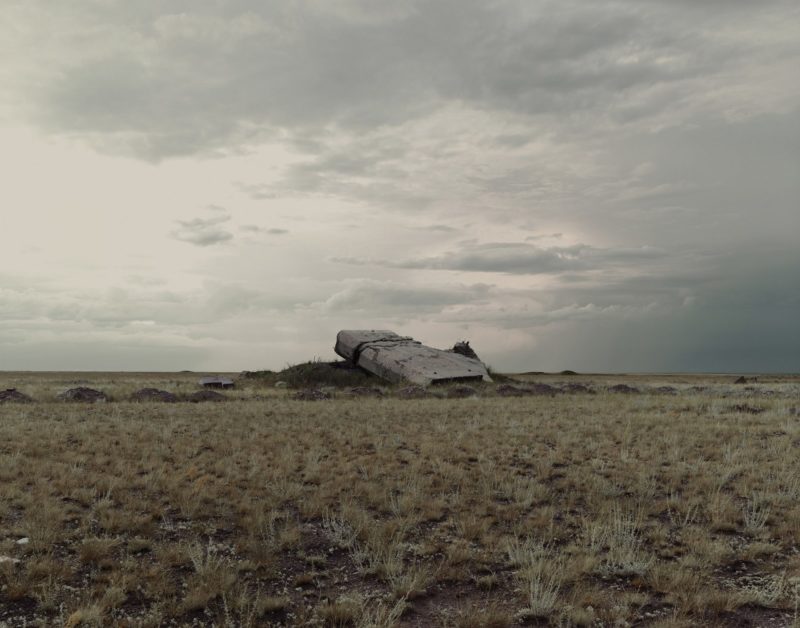
Kurchatov today
But today, you will find settlements around this city, particularly in the southern parts. It still depends on nuclear technologies for its sustainability, though not on a grand scale as before.
The nuclear operations and facilities are run by the Kazakhstan Institute of Atomic Energy, a National Nuclear Center branch. Since the decommissioning of the Test Site, the population of Kurchatov dropped from 50,000 to just 13,000.
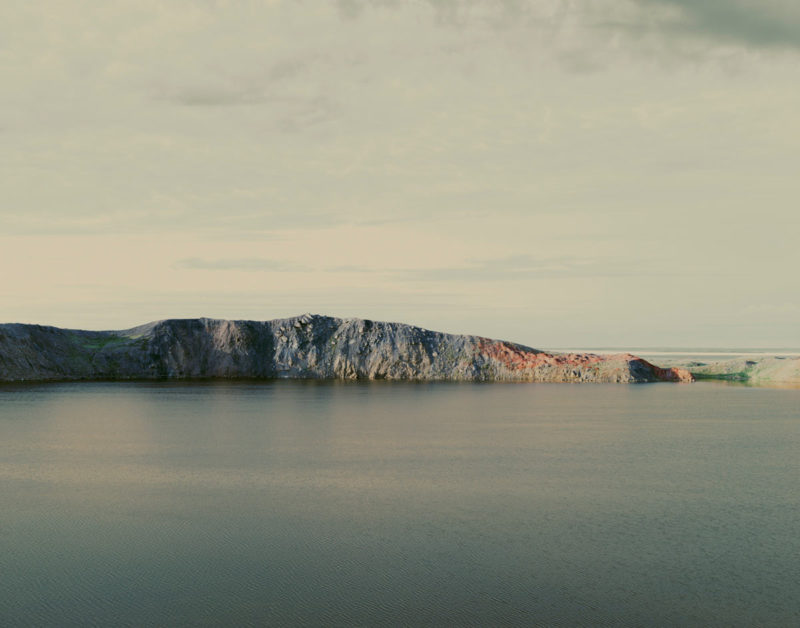
Why was Igor Kurchatov important?
Igor was a reputable Soviet nuclear physicist who worked as a director of the infamous, highly classified Soviet atomic bomb project. He is widely referred to as the father of the Soviet atomic bomb and the father of the Soviet Nuclear Missile.
He played a prominent role as the director of the secret nuclear program during the Second World War. This clandestine project took nine years and also involved infiltrating the Western Allied Manhattan Project.
The testing was successful and the weapon was aliased First Lightning. For his efforts, Igor was rewarded with the USSR State Prize in physics in 1954.
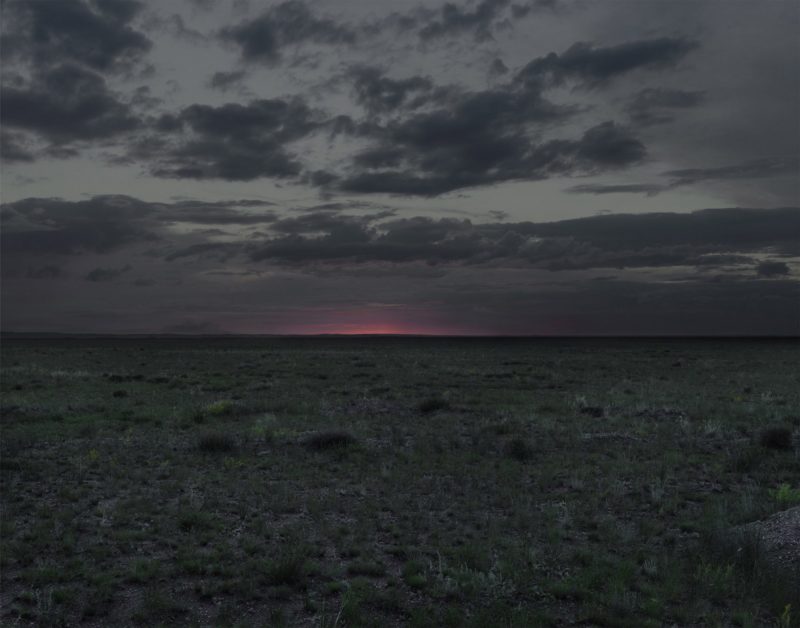

Igor Kurchatov’s milestones
It was under the leadership of Igor that the institute reached the following milestones:
| Milestone | Year |
|---|---|
| Assisted in building the Soviet Union’s (and Europe’s) first cyclotron | 1937 |
| Appointed to direct the Soviet nuclear program by the Soviet Academy of Sciences | 1943 |
| Witnessed the successful test of “First Lightning,” Russia’s first nuclear device | 1949 |
| Contributed to the development of the Soviet hydrogen bomb | Post-1949 |
| Advocated for the peaceful development of nuclear technology | Post-1949 |
The institute also successfully created the biggest facility for performing controlled thermonuclear reactions.
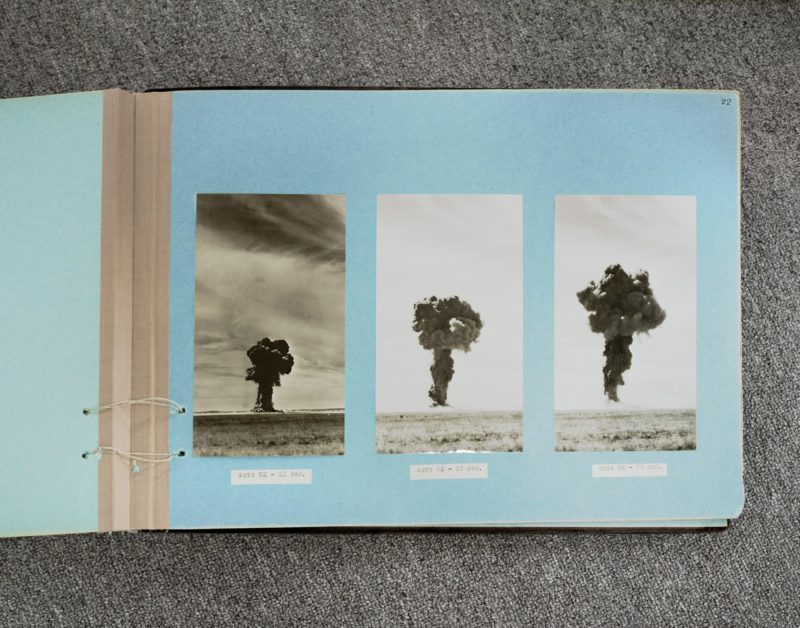
The beginning of the Kurchatov Institute of Atomic Energy
The institute’s site was identified in 1947 by the Soviet atomic bomb projects’ political leader, Lavrentiy Beria, who incorrectly claimed that the area was deserted.
The institute was initially codenamed Laboratory No. 2 so that to keep its operations secret. During the height of the world war, inconspicuous titles like that were common due to the prevalence of spies from both Western Allied Forces and the Soviet Union.
In all documents where the laboratory was mentioned, it was only referred to as “an assembly workshop”. Even the materials used were codenamed. For instance, uranium went by the name “silicon”. Besides, every engineer who worked on the project went through a series of elaborate security check systems.
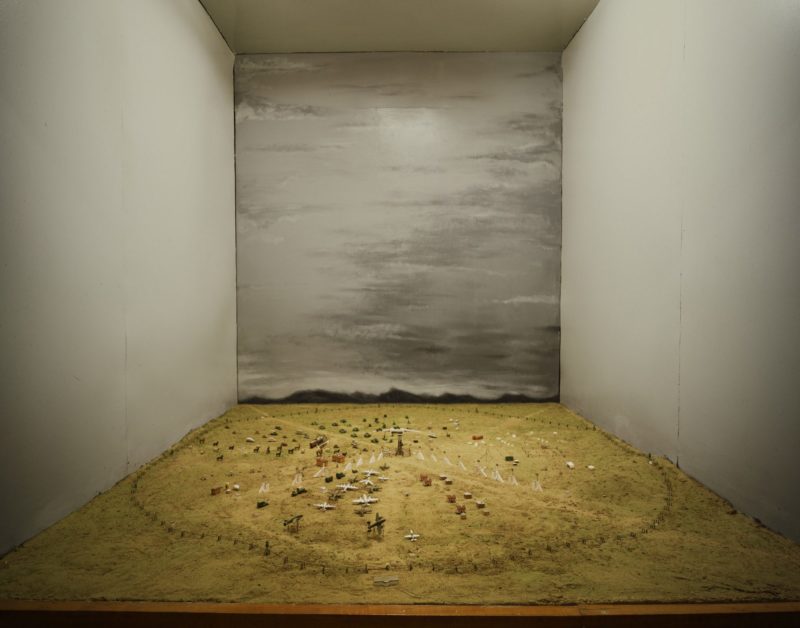
The institute under Kurchatov’s leadership
In 1960, the institute was renamed after Igor Kurchatov, who served with distinction as its first head.
Igor was instrumental in the institution achieving its objectives. According to those he worked or interacted with, he was purposive and strong-willed and rubbed it off on his colleagues according to those he worked or interacted with. His workmates believed that there was probably no one else who would have achieved as much as he did with the institute.
Igor would visit every facility in the complex to check on the progress, interact with colleagues, lift their spirit, and communicate a task. He was so jovial and energetic that his colleagues always looked forward to meeting and talking with him.
Among the thousands of people that dealt with a nuclear problem at that time, there was no one more popular and more respected than this giant with a slow club-foot gait, ever-radiant eyes and the warm short name ‘Beard’, wrote Anatoly Alexandrov, a second director of the Kurchatov Institute and a physicist.
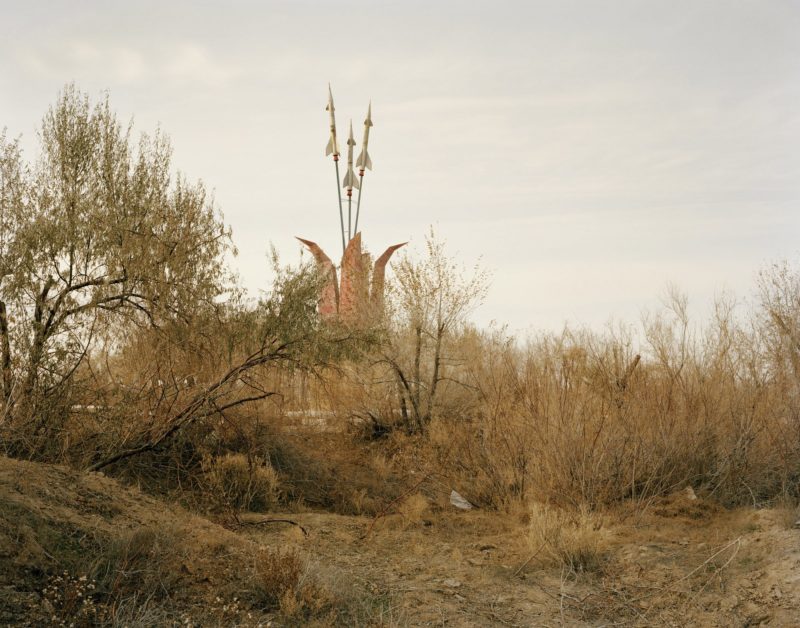
Post Igor Kurchatov
Igor passed away on February 7, 1960, aged 57, after complications from the 1949 catastrophic accident at Chelyabinsk-40, which is believed to have had even more casualties than Chernobyl.
As the squad leader, Igor entered into the damaged reactor hall full of radioactive gasses to salvage the uranium load and prevent losses in plutonium production. After that, his health deteriorated quickly, suffering a stroke in 1954 and later died of a cardiac embolism in Moscow.
Eight years after Igor’s passing, the institute achieved another milestone on plasma internment using tokamak, an invention used worldwide for controlled thermonuclear fusion.
In the years that followed, Kurchatov Institute developed arrays of microelectronic technologies such as thin films, lithography, plasma chemistry, and ion implantation, all of which became pillars for developing nanotechnology and creating supercomputers and hybrid systems.


Introduction of the internet & other innovations
In 1975, the institute developed an even larger tokamak called T-10, which is used to date for checking equipment for the International Thermonuclear Experimental Reactor (ITER), the first-generation experimental thermonuclear reactor.
Another significant contribution of the Kurchatov Institute is the introduction of the internet in the Soviet Union and, later, Russia. The institute played an essential role in developing the first computer network of the Union scale Relcom in 1990. The Kurchatov Institute then interlinked computers in different scientific institutions in major Soviet cities, including Kyiv, Moscow, Novosibirsk, and Leningrad. In late 1990, the first-ever computer communication session took place within the Soviet Union.
In modern times, the institution is categorized into different research centers dealing with many scientific questions. Today, the lab activities are centered on the safe development of nuclear energy, plasm processes, low and medium energy nuclear physics, meson chemistry, and solid-state physics and superconductivity.
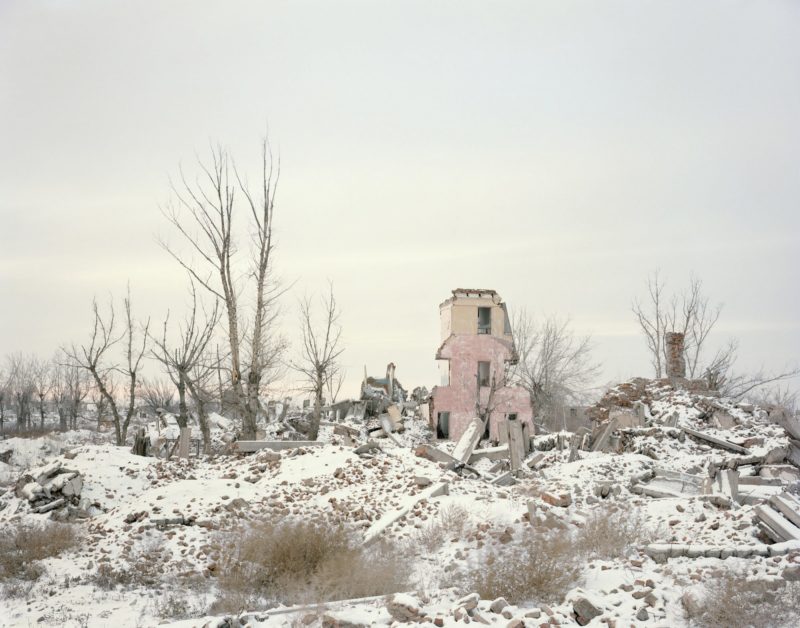
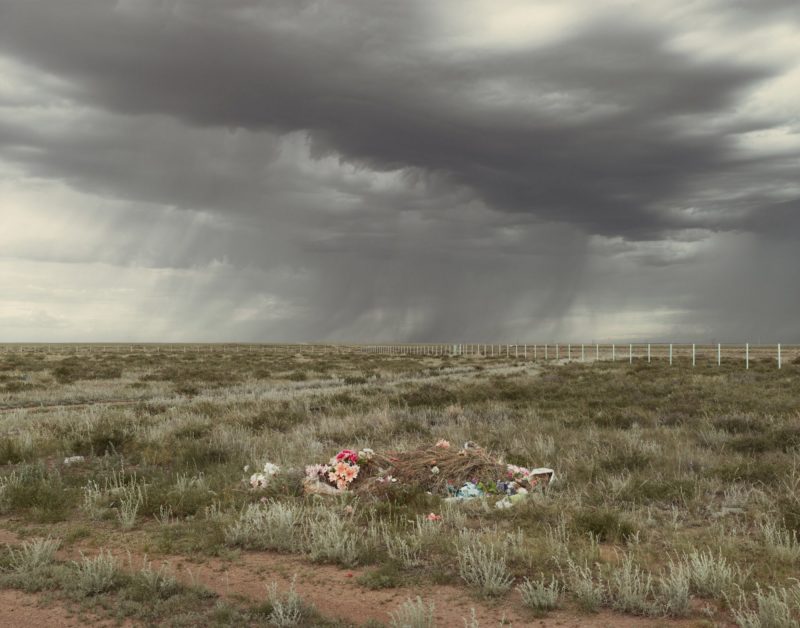
Can you visit Kurchatov?
Though the town has been trying to relieve its former glory, it remains a ghost town. Nevertheless, the city is still inhabitable, especially its southern parts. Kurchatov is still home to the National Nuclear Center of the Republic of Kazakhstan, which oversees the former test site.
Because of the continuous research on nuclear energy in the Kurchatov Institute, there are still some restrictions and secrets, and you need to make a special arrangement for you to visit the town.
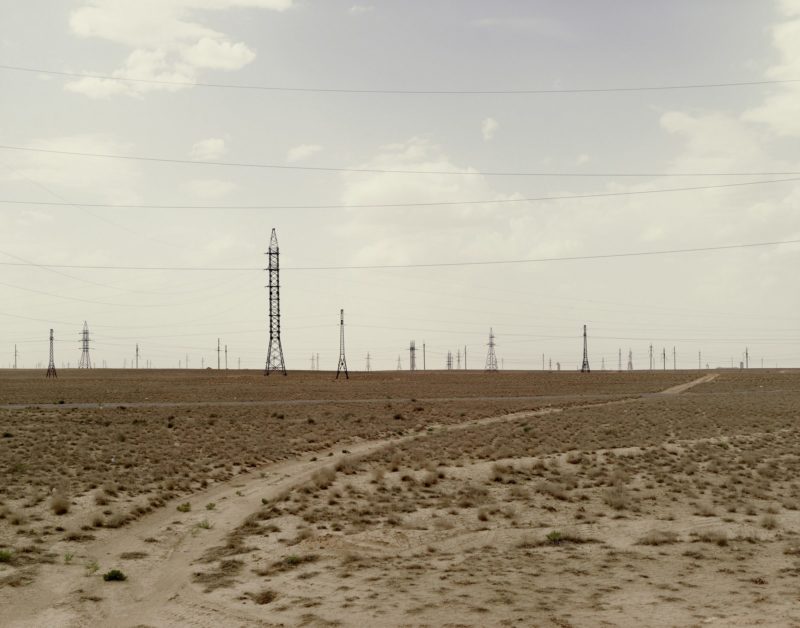
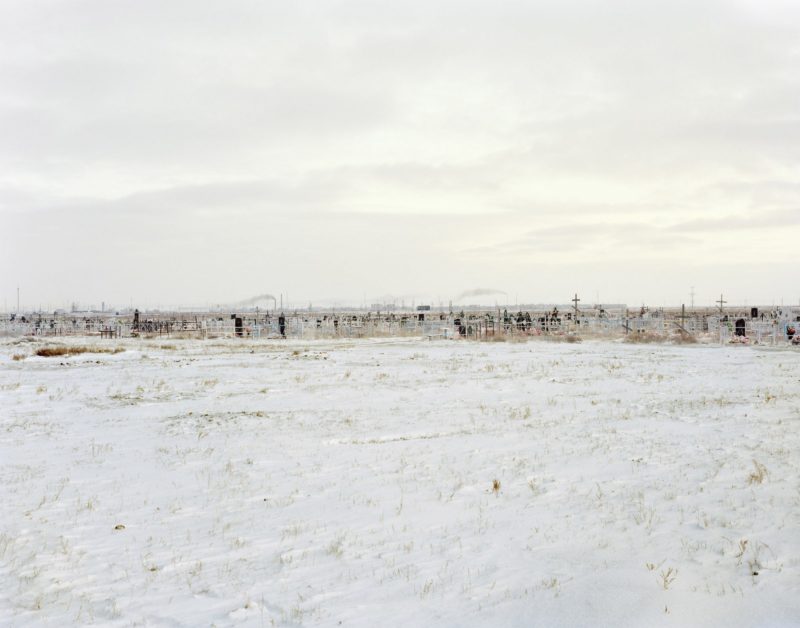
How to visit Kurchatov
Though the town has been trying to relieve its former glory, it remains a ghost town. Nevertheless, the city is still inhabitable, especially its southern parts. Kurchatov is still home to the National Nuclear Center of the Republic of Kazakhstan, which oversees the former test site.
For anyone who wants to visit Kurchatov, you will have to get in touch with the National Nuclear Center to arrange your trip. The NNC will also arrange for your accommodation, which is on a full board basis.
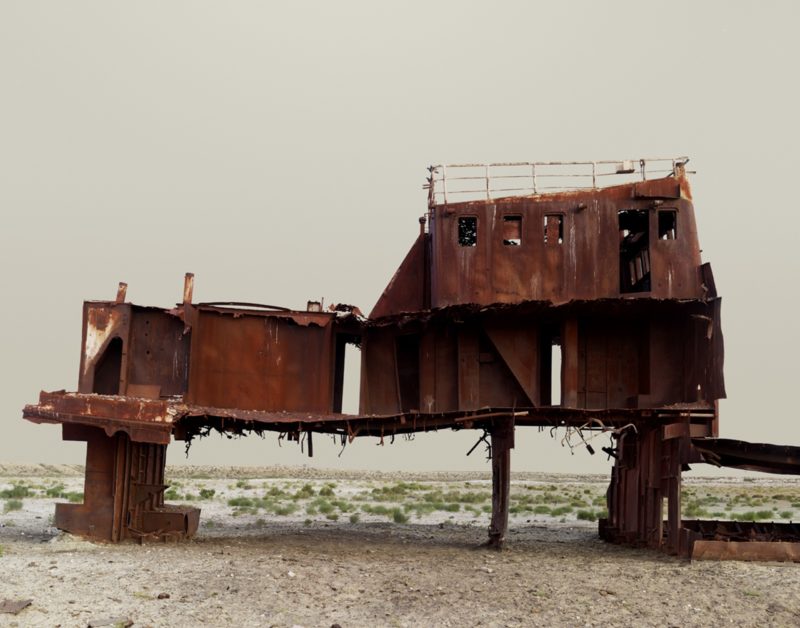
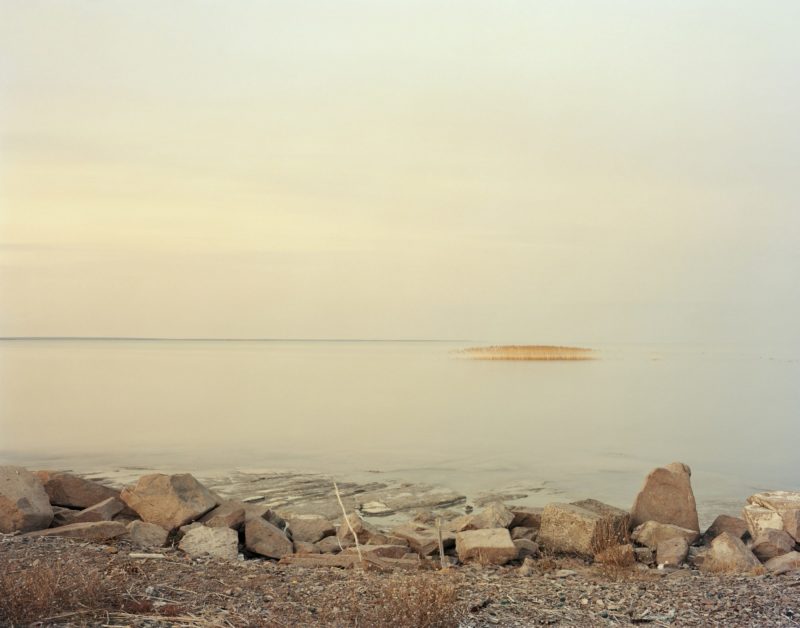
Kurchatov developments & future
The areas around Polygon still have radiation levels that are above safety. Near the spot where First Lightning was launched, guards in face masks and military fatigues can be seen recording radiation levels on Geiger counters. A few meters away, red flags tape off the danger zones.
The National Nuclear Center of Kazakhstan says that most areas within the test site range may not be used commercially for a long time. Still, through various studies and research currently being undertaken at the center, it plans to return more than 80 percent of the land for commercial activities.
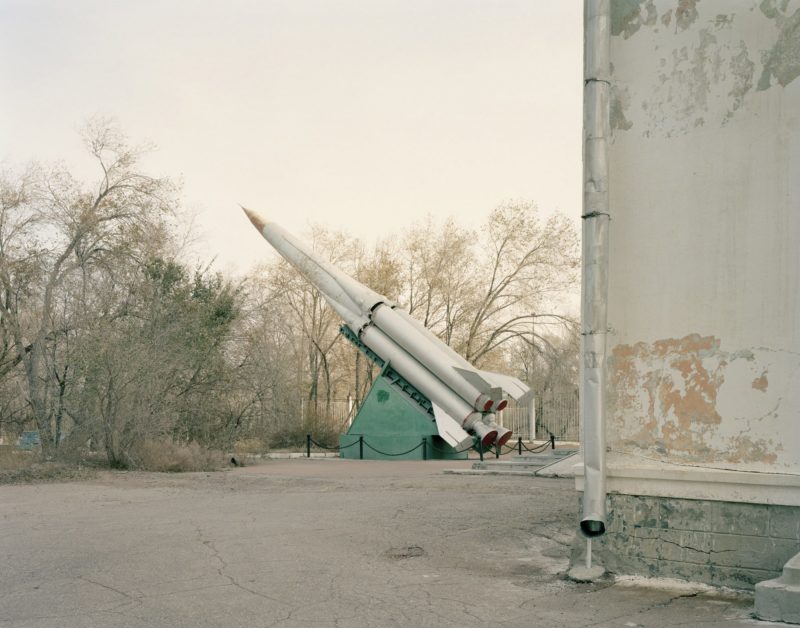
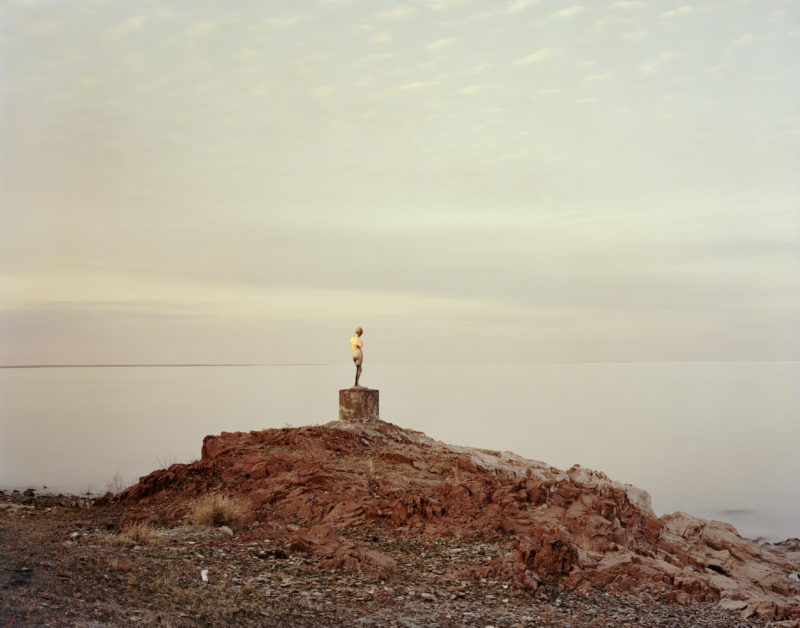
Kurchatov highlights
Apart from the Test Site, the town’s main highlight is the Museum of the Semipalatinsk Test Site, which documents nuclear testing.
Kurchatov has plenty of abandoned buildings, most of which are half-collapsed. One of the notable buildings is the Palace of Culture, located along Tauelsizdik Street. The building used to be a hotel in the 1950s.
Though it is crumbling, this former imposing building still features its original details and decorations, including Soviet stars on its interior columns and exterior façade. Visitors can explore every inch of the building but must be cautious of unstable parts that may carve in, especially the upper levels.
The other side of the city is up-to-date, with modern buildings and architecture, especially the Park of Nuclear Technologies (PNT) building. Some of the old buildings have also been renovated, such as the local Akimat or municipal administration building.
In front of the municipal administration is the red marble sculpture of Igor Kurchatov. Further down the street, you will find a residence of Lavrentiy Beria, who infamously chose this location for the government’s nuclear program. The building is now an Orthodox church.
Kurchatov is now part of Soviet Union history no one wants to be reminded of, but the scars are still visible and will probably be for the foreseeable future.
